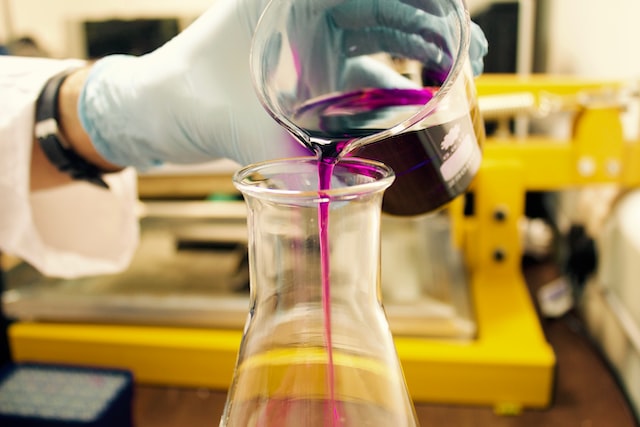During the next two decades, India will contribute more than a fifth of incremental global chemical consumption, according to a report by McKinsey, as domestic demand is expected to reach USD 1,000 billion by 2040. According to McKinsey’s report titled ‘India: The next chemicals manufacturing hub’, the country’s chemical industry has outperformed global peers when it comes to growth in demand and shareholder wealth creation.
“It now stands poised to become a more dominant force in both global consumption and manufacturing,” it said.
Its global market share is projected to triple by 2040, growing by 11-12 percent during 2021-27 and 7-10 percent during 2027-40.
During the next two decades, India will account for more than 20 percent of the incremental global consumption of chemicals. Domestic consumption and demand are expected to rise from USD 170-180 billion in 2021 to USD 850-1000 billion by 2040.
Human life is full of chemicals — fro detergents to clothing and fragrances, insecticides to paints, and telecommunications to music.
India is among the top producers of many chemicals that are used in bio-friendly products, according to McKinsey.
With the evolving geopolitical scenario and the trend to diversify from the existing core manufacturing markets, firms are seeking to make their supply chains more resilient. With its strong value proposition, India may be a preferred destination.
Only the specialty segment is expected to be a net exporter of India’s chemical needs. Out of the three main segments of the sector — inorganic, petrochemicals, and specialty –, India will continue to be import dependent. Petchem and inorganic segments will both be dependent on imports due to limited cracker infrastructure and a scarcity of key feedstock and minerals.
Changing geopolitical scenarios have led to many countries focusing on domestic self-sufficiency and localized supply chains in recent years. The benchmarking of India’s manufacturing competitiveness, however, suggests that India has a strong starting point compared to other key global chemical clusters, and this could result in India becoming the next hub for chemical manufacturing,” McKinsey said.
“India will be the fastest growing global demand center for chemicals with domestic consumption set to grow at a 9-10% CAGR in the coming years as disposable incomes rise, demographic dividends are favorable, bio-friendly alternatives are becoming more popular globally, and chemical supply chains are diversifying,” it stated.
India’s specialty chemicals sector is expected to contribute more than USD 20 billion to net exports by 2040, a tenfold increase from the current level of USD 2 billion.
According to McKinsey, benchmarking India against six global chemical clusters reveals India’s strengths and areas for improvement. As a result of lagging cracker capacity and limited access to building blocks and key minerals, Indian chemical companies often face feedstock availability challenges.
Moreover, India faces challenges in getting environmental and land approvals in a timely manner, as well as a lack of skilled R&D talent. Despite this, India’s capital and operating expenses are low in several chemical segments, such as labor, utility costs, and overhead expenses, it said.
The promoters of Indian chemical companies focus on high profitability and a culture of process innovation to generate one of the highest EBITDA per unit of fixed assets in the world. “This is evident from the global leadership of several Indian firms in sectors like agrochemicals, pharma intermediates, dyes, and pigments, carbon black, etc.”
There are plenty of options for creating sizeable businesses in the Indian chemicals industry. Specialty chemicals, inorganic chemicals, and petrochemicals all offer great potentials for growth – such as agrochemicals, flavors & fragrances, cosmetic chemicals, caustic, fluorine C4, C6, and C8 derivatives – owing to cost competitiveness driven by domestic feedstock availability, trade balance, capacity utilization and scope of process and tech innovation as well as the attractive market size and demand growth prospects.
Also Read:
- Indian economy, it is yet to be said that India is back on track
- India’s growth to remain highest among leading economies, FDI Inflow to touch US $ 100 billion in 2022-23
- India must join forces with booming countries for cheaper CDR
- Top 10 Major Environmental Challenges faced by India
- Top 10 Most Profitable Farming Business in India
